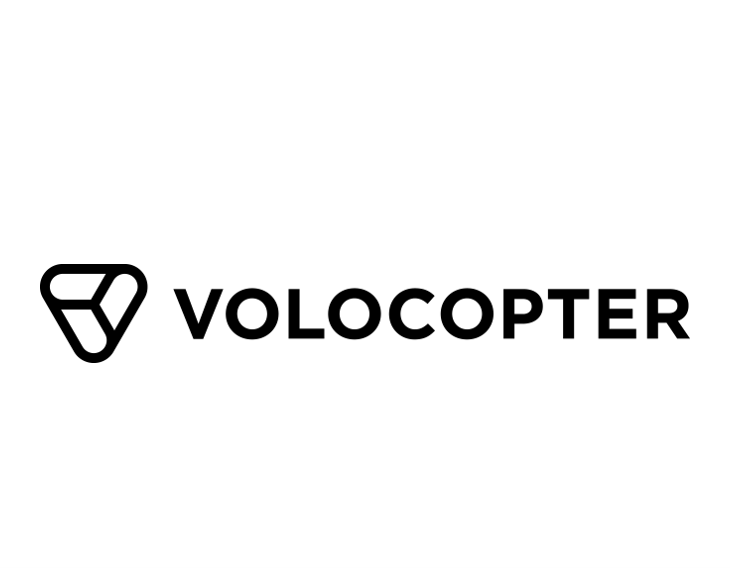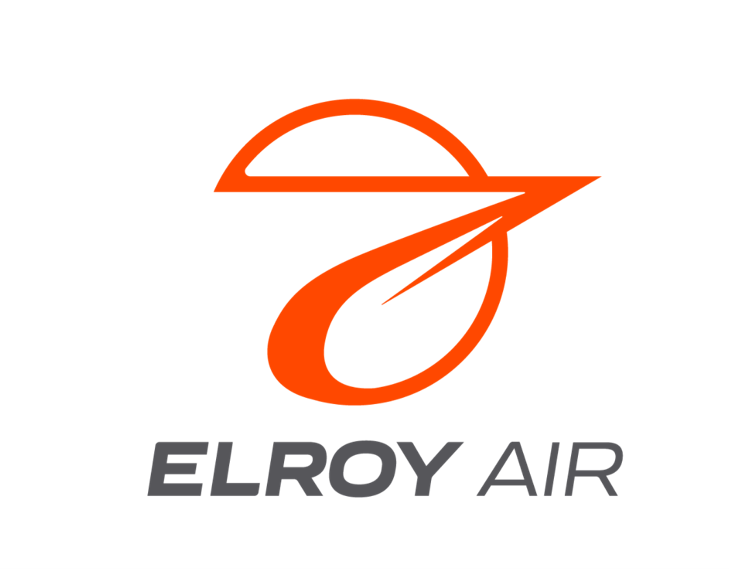123Fab #73
1 topic, 2 key figures, 3 startups to draw inspiration from

Vertical take-off and landing (VTOL) projects are spurring around the world. According to Oliver Wyman, there are an estimated 170 projects for flying taxis or VTOL aircraft worldwide. This futuristic scenario is getting closer, with Airbus, ADP and RATP announcing vertical take-off flying taxis for the 2024 Paris Olympics.
VTOLs are historically military aircraft designed to bypass the runways normally required for take-off and landing. The term VTOL or eVTOL is now being used to describe the flying taxi projects that are emerging. These aircraft are now possible thanks to new multi-rotor designs ranging from four to eight or even sixteen propellers (both safer because they are redundant and much quieter), advances in pilot automation and progress in electricity storage via lithium-Ion batteries, for example.
The advantages of these vehicles are interesting from an environmental point of view: less air pollution, less noise pollution, less road congestion and speed. However, the prohibitive cost of travel will probably not allow the general public to use these vehicles in the coming years, which is unlikely to drastically reduce road congestion and air pollution in cities. The limited space in the vehicles may explain this high price and is in opposition to the ecological model of a more decarbonized public transport. In addition, the manufacture of these devices, as well as their propulsion method (lithium-ion batteries or hydrogen for the cleanest) raises questions about their lifespan and their real carbon footprint.
The relatively high cost of these technologies requires the deployment of a service that allows the cost to be spread over several people, hence the boom in the flying taxi market or in delivery-related applications. Strict airspace regulations also make it more realistic for dedicated air corridors to be operated by clearly defined companies. Other companies are also targeting longer regional or intercity air travel, relying on hybrid engines.
The market is booming and is coveted by the aeronautics giants. Last September, Airbus unveiled plans for the new, fully electric CityAirbus, equipped with fixed wings, a V-shaped tail, and eight electrically powered propellers. It is designed to carry up to four passengers on a zero-emission flight with multiple applications. Its first flight is scheduled for 2023. Boeing has entered into a joint venture with Kitty Hawk to develop a startup, Wisk, described as an Urban Air Mobility (UAM) company. Last year it signed its first contract to operate air taxis in the US. Car manufacturers are also very active in the market. Hyundai has developed a vehicle called the S-A1 in collaboration with Uber. It can accommodate four passengers plus a driver, although Hyundai plans to operate the S-A1 autonomously in the future. Toyota has filed a patent for a “dual-mode” car that can be converted from a road-legal passenger car to a light aircraft.
On the startup side, fundraising is on the rise. Last year, German startup Volocopter closed a $241 million Series D fundraising round to certify its two-seat, piloted VoloCity aircraft and launch commercial air taxi services within the next two years. The company obtained the first European certification for test flights in a restricted area. The French startup Ascendance Flight Technologies raised €10 million in September 2021 and is banking on hybrid technology to launch its helicopter alternative within four years. Its aircraft are instead designed to operate in peri-urban areas and inland regions. Elroy Air is a Silicon Valley startup that is developing autonomous cargo aircraft systems to massively extend the reach of express transport. The company is developing the Chaparral, a VTOL air cargo platform. The first version of the Chaparral will carry 300 to 500 pounds of cargo over a 300 mile-range with its hybrid-electric powertrain and simple, redundant lift and forward motors. The vehicle can land, drop a load, pick up another load and take off again, all within minutes and without operator intervention.
Finally, although there is a lot of hype around VTOLs and that they become a reality, they face many challenges, such as high costs and environmental impact. It seems too early to imagine a science fiction landscape or mainstream use. The advent of VTOL drones – particularly for delivery operations – seems more relevant and likely to develop in the coming years.
2 Key Figures
By 2035, the flying taxi market could be worth $35 billion
With 40,000 to 60,000 flying machines in 60 to 90 cities – Challenges
1,6B+ in investments for VTOL
with 70+ companies registered by Tracxn
3 startups to draw inspiration from
This week, we identified three startups that we can draw inspiration from: Volocopter, Ascendance Flight Technologies and Elroy Air.

Volocopter
The German startup develops electrical vertical take-off and landing multicopters designed to transport people safely. The company’s engines can fly completely autonomously or be easily operated using a joystick and assistive systems for support, enabling users to travel by air.
Its urban air taxi, Volocity, has 2 seats, 18 rotors and is fully electric. The company has developed another model, VoloConnect, for longer distances, which can carry up to four passengers for 100 km. It is equipped with two propulsion fans plus six electrical motors and rotors.

Ascendance Flight Technologies
The French startup is a manufacturer of hybrid-powered aircraft systems designed to change the way people move around cities. The company’s systems are able to blend into existing infrastructures and regulations to ease its deployment and maximize social acceptance.
The startup has developed the Altea VTOL aircraft, capable of carrying 4 passengers on regional or intercity routes of up to 2 hours and over 400km. It has 8 rotors integrated in two fixed wings, 2 horizontal propellers and a hybrid-electric propulsion system.

Elroy Air
The startup develops automated drones and aircraft designed to aid in defense and logistics sectors. They use a combination of light detection and ranging, radar, cameras, and air-traffic management software to enable clients to benefit from express shipping and rapid autonomous aerial resupply to troops in the field.
Elroy Air has developed the Chaparral, a VTOL aerial cargo platform. It will be able to carry 300-500lbs of cargo over a 300-mile range thanks to its hybrid electric engine and six vertical rotors. It has a robust set of applications in national defence.
Interested in a startup landscape or in an insights report?
Please fill out our contact form so that we can get back to you very quickly with our product offer.
Want to subscribe to our 123Fab?
Fill out our form to receive the latest insights into your inbox.
